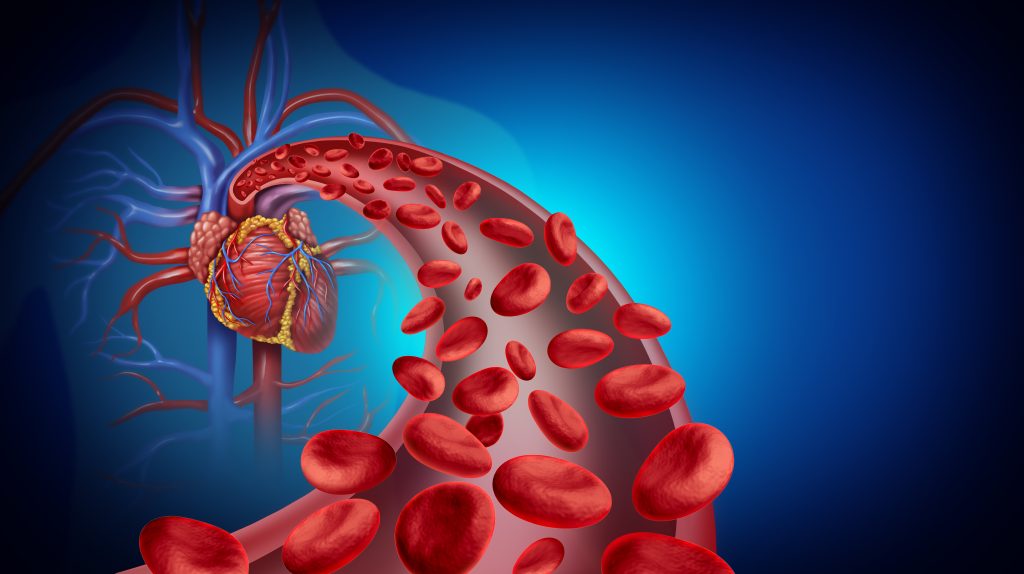The Crucial Difference Between Hypovolemic and Hemorrhagic Shock

While many people know the term “hemorrhagic shock,” not as many are familiar with the related condition of hypovolemic shock. While these two conditions are connected, they are not the same. Understanding the difference could mean life or death for those who are afflicted.
Read on to learn the crucial difference between these conditions, how to identify them, and what to do before things become life-threatening.
What is Hypovolemic Shock?
Hypovolemic shock is a condition resulting from the loss of 15% or more of your body’s blood or other fluid supply. Unlike hemorrhagic shock, which results from trauma and blood loss, hypovolemic shock can occur from dehydration, diarrhea, and other conditions that cause fluid but not blood loss.
Losing fluids makes it difficult for your heart to pump blood throughout the body and deliver critical nutrients, oxygen, and other elements to the cells. As a result, Hypovolemic shock symptoms like muscle cramping, low blood pressure, tingling, and excessive thirst will present.
What Causes Hemorrhagic Shock?
Hemorrhagic shock is caused by significant blood loss in the body, either from internal or external bleeding. This can be the result of any type of trauma or injury, including (but not limited to):
- Gunshots
- Stab or puncture wounds
- Blood loss during or after delivery
Anything that disrupts the blood flow by creating excessive blood loss can lead to hemorrhagic shock. Essentially, a leak in the system prevents the heart from pumping effectively. Until the leak is stopped, the body will continue to escalate into higher classes of shock. That’s why emergency medical treatment is needed immediately if someone is experiencing symptoms of shock.
Hypovolemic Shock Pathophysiology
Like hemorrhagic shock, hypovolemic shock also follows four classes or stages:
- Class 1: 15% or less of blood volume lost
- Symptoms include paleness, anxiety, or shaky feeling.
- Class 2: 15-30% of blood volume lost
- Symptoms include increased heart rate and breathing, low blood pressure or pulse rate, and the start of related symptoms like fatigue, confusion, etc.
- Class 3: 30-40% of blood volume lost
- Symptoms include a serious decrease in blood pressure, loss of mental faculties, decrease in urination, confusion, fatigue, anxiety, rapid breathing, and rapid heart rate.
- Class 4: 40% or more blood volume lost
- Symptoms include rapid, shallow breathing, rapid heart rate, weakness, confusion, blue fingernails and lips, weak pulse, dizziness, and loss of consciousness.
As the body loses blood and/or fluids, the cells do not get the nutrients and oxygen needed to function correctly. Therefore, depending on how fast you lose fluids/blood, the onset of symptoms may not be as quick as it is for some.
The more the body is deprived of essential fluids and blood elements, the more severe the symptoms of hypovolemic shock will become. Eventually, if the body loses too much blood and/or essential fluids, it could lead to death.
Hypovolemic shock can be caused by:
- Internal bleeding
- Excessive or long-term diarrhea
- Vomiting excessively
- Severe bleeding due to injury/trauma
- Internal trauma
- Serious burns
Aside from apparent symptoms, diagnosing this condition includes blood testing, ultrasounds and CT scans, and heart ultrasounds. Other tests may also be ordered based on individual circumstances and symptoms.
Treatment
The treatment for hypovolemic shock depends on the severity level but generally begins with administering IV fluids to replace those lost in the body. The first step is to call 911 or go to your nearest emergency room if you experience symptoms or are with someone experiencing shock symptoms.
Once the emergency of the situation has been addressed, treatment will focus on the following:
- Controlling fluid and blood loss
- Replacing the lost fluid and blood
- Stabilizing any damage caused
- Treating the illness or injury that caused it
There are several different treatments for this condition, including the transfusion of blood plasma, platelets, red blood cells, and IV fluids. In addition, some people will be given blood pressure medications or medications designed to help the heart recover and pump more effectively.
Conclusion
Any kind of shock is a severe condition and especially hypovolemic shock. While it’s different from hemorrhagic shock, getting treated immediately is just as critical (and perhaps even more so because it’s less obvious). So if you or someone you know is suffering the symptoms of any type of shock, call 911 or head to the emergency room immediately.
Resources
https://www.healthline.com/health/hypovolemic-shock
https://my.clevelandclinic.org/health/diseases/22795-hypovolemic-shock
CVRTI
Researchers at the Nora Eccles Harrison Cardiovascular Research and Training Institute (CVRTI) are particularly interested in various types of shock. The Hoareau lab is working toward understanding the consequences of severe blood losses at the cellular level, focusing on the mitochondria.
Mitochondria are small powerhouses inside our cells that produce energy. They are often described as the cell’s “battery” or “fuel tank”. Just like a car needs gasoline to run, our cells need energy to perform their various functions, and mitochondria are responsible for generating that energy. Mitochondria are essential structures within our cells that produce the energy necessary for our bodies to function correctly. Researchers focus on interventions to protect those mitochondria (Chaudhuri, Hoareau, Shaw), better understanding how cells respond to blood loss (Hoareau, Aromolaran), and how cells can alter their protein production after severe internal bleeding (Hoareau, Franklin).


